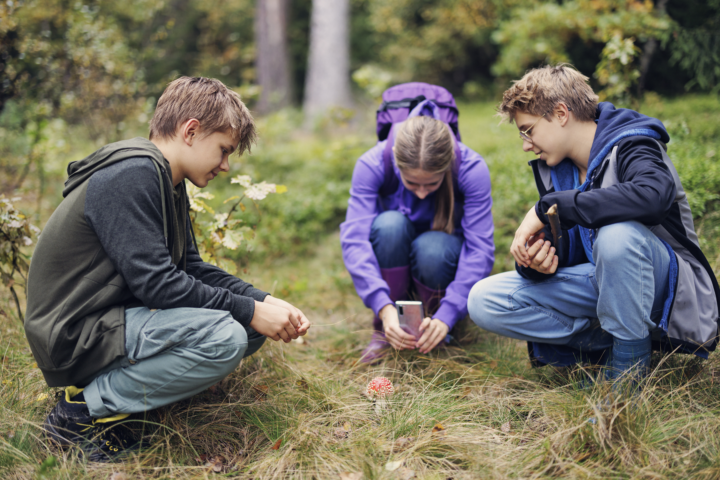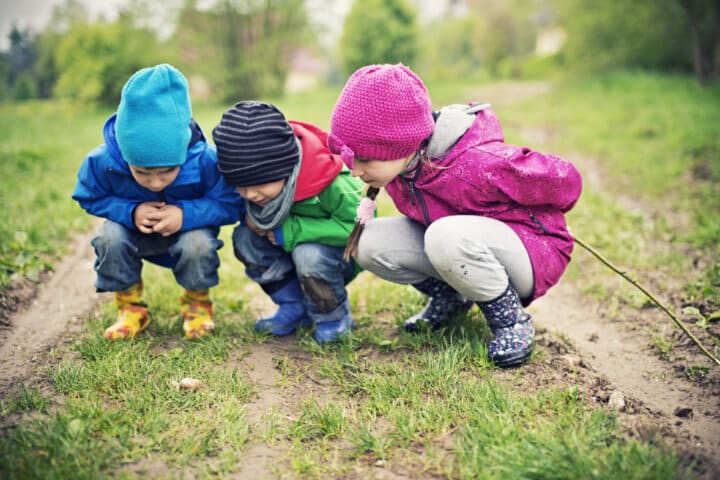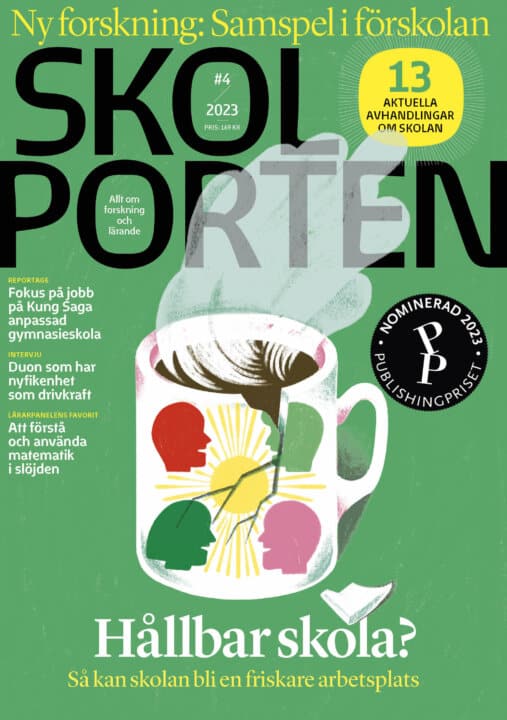Characterizing chemical exposure : focus on children’s environment
Kristin Larsson har i sin avhandling bland annat identifierat och utvärderat betydelsen av olika exponeringskällor, så som mat, hygienprodukter och inomhusmiljö, för barns kemikalieexponering.
Kristin Larsson
Associate Professor Marika Berglund, Karolinska Institutet
Ph.D. Cathrine Thomsen, Norwegian Institute of Public Health
Karolinska Institutet
2018-06-01
Abstract in English
Children are constantly exposed to chemicals in food, water, dust, air and consumer products. Compared to adults, children often have a higher exposure to chemicals due to physical and behavioural factors. Because of their unique exposure patterns, exposure assessments in adults are not directly transferrable to children. Therefore, there is a need for exposure assessments performed for children, with focus on the environments were children spend a large part of their time.
The overall objectives of this thesis were to find an approach to overview existing exposure information and to generate new knowledge about chemical exposures in children. In addition, the thesis aims to identify and evaluate the importance of different exposure sources, such as foods, personal care products and indoor environments, for children’s chemical exposure.
In study I, we developed an automatic classifier with the ability to retrieve and categorize published exposure information, based on data presented in scientific abstracts. In this study, a taxonomy for exposure information was created and nearly 3700 abstracts relevant for chemical exposure were manually annotated. Based on this annotated corpus, Natural Language Processing (NLP) techniques were used to extract semantic and syntactic features relevant for scientific texts on chemical exposure. Using these features, a supervised machine learning algorithm was trained to automatically classify abstracts according to the structure of the exposure taxonomy. The performance of the developed classifier was generally good and its applicability was demonstrated in several case studies. In conclusion, this automatic classifier has potential to constitute the foundation for a text mining tool to extract relevant exposure information from large amounts of text.
In study II, we used a harmonized protocol to study the exposure to phthalates, BPA, parabens and triclosan in 98 Swedish mothers and their children (6-11 years old). Urine samples were collected and the mothers answered a questionnaire about their residential environment, sociodemographic factors, and the mother and child’s dietary habits and use of personal care products. Different foods were the main exposure determinants for most phthalates and BPA, whereas use of personal care products and cosmetics were the major determinants for the exposure of parabens and diethyl phthalate (DEP). Children had higher internal levels of most phthalates and BPA, than their mothers, reflecting their higher exposure to chemicals originating from foods and the indoor environment. The mothers had higher levels of parabens and DEP compared to the children. However, the levels were significantly correlated between the mothers and their children, indicating common exposure sources in the home environment.
In study III and IV, we measured phthalates, non-phthalate plasticizers, bisphenols, brominated flame retardants (BFRs) and organophosphate esters (OPEs) in dust from 100 preschools. In addition, phthalate metabolites, bisphenols and one OPE were measured in urine from 113 children attending these preschools and BFRs and OPEs were measured in hand wipes from 100 children. The estimated intakes of individual chemicals via preschool dust were below available health based reference values. However, for some of these chemicals, reference values are either lacking or are uncertain, due to insufficient toxicity data. The levels of currently strictly regulated chemicals in dust were higher in older preschools, whereas the levels of chemicals now substituting these old ones were higher in newer preschools. Furthermore, the presence of certain products in the preschools was shown to have impact on the levels of chemicals in dust. For five out of eleven BFRs and OPEs significant correlations were found between preschool dust and children’s hand wipes. In addition, the levels of an OPE in urine and dust were significantly correlated. These results indicate that preschool dust may be an important source to children’s exposure of these compounds. Levels of phthalates and BPA in preschool dust were not significantly correlated to respective metabolites in urine and the relative contribution from dust to the total exposure of these compounds was low or moderate, indicating that other sources are more important.
Relaterade länkar

Biologi
 Åk 7–Vux
Åk 7–Vux Hållbar utveckling i förskolan
 Fsk
Fsk 




